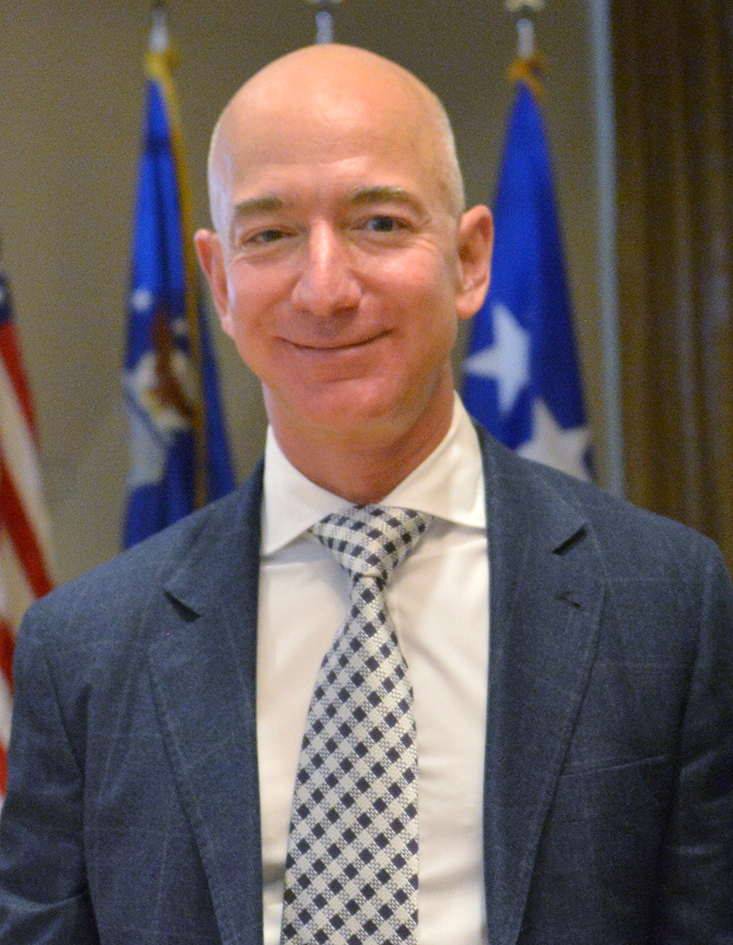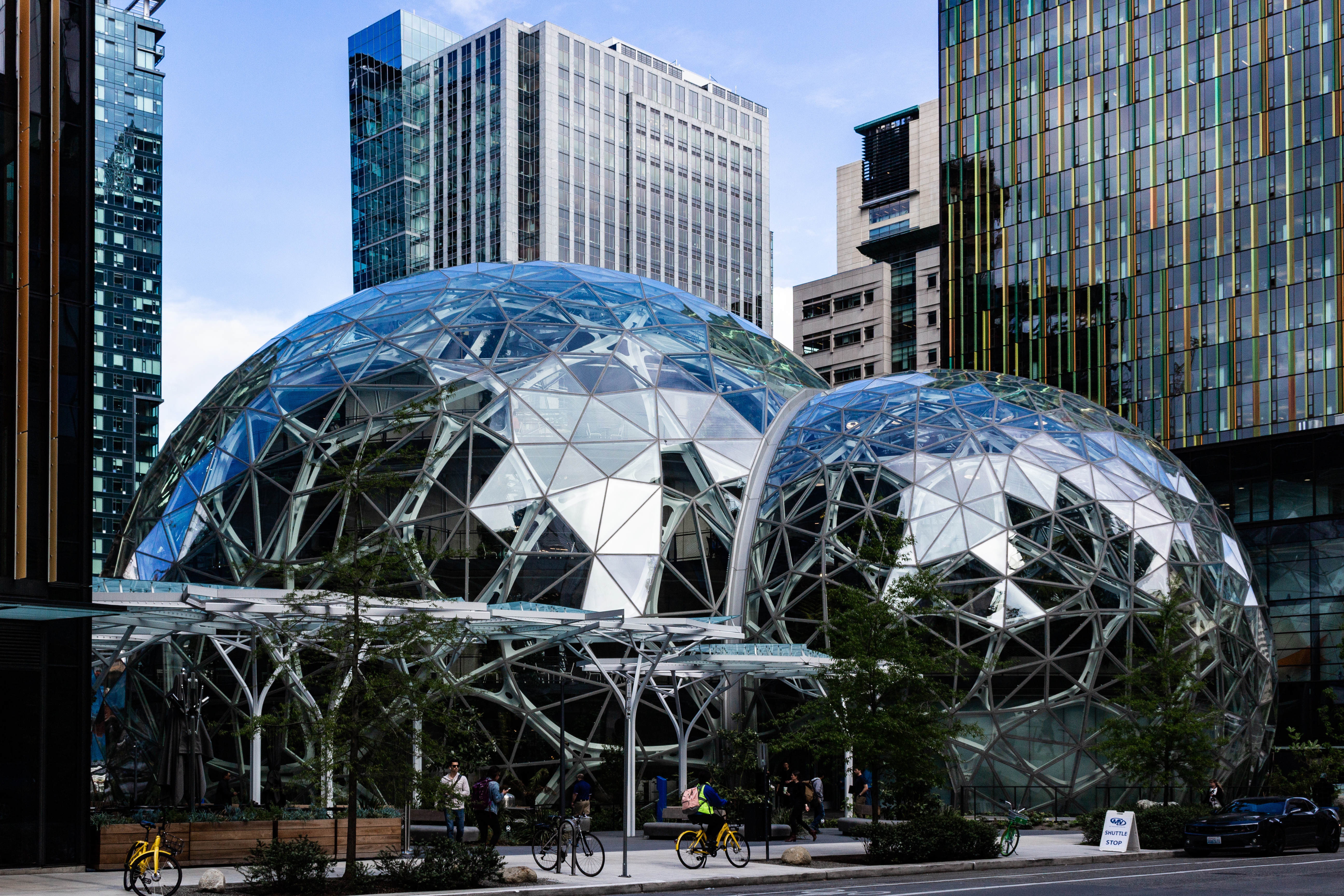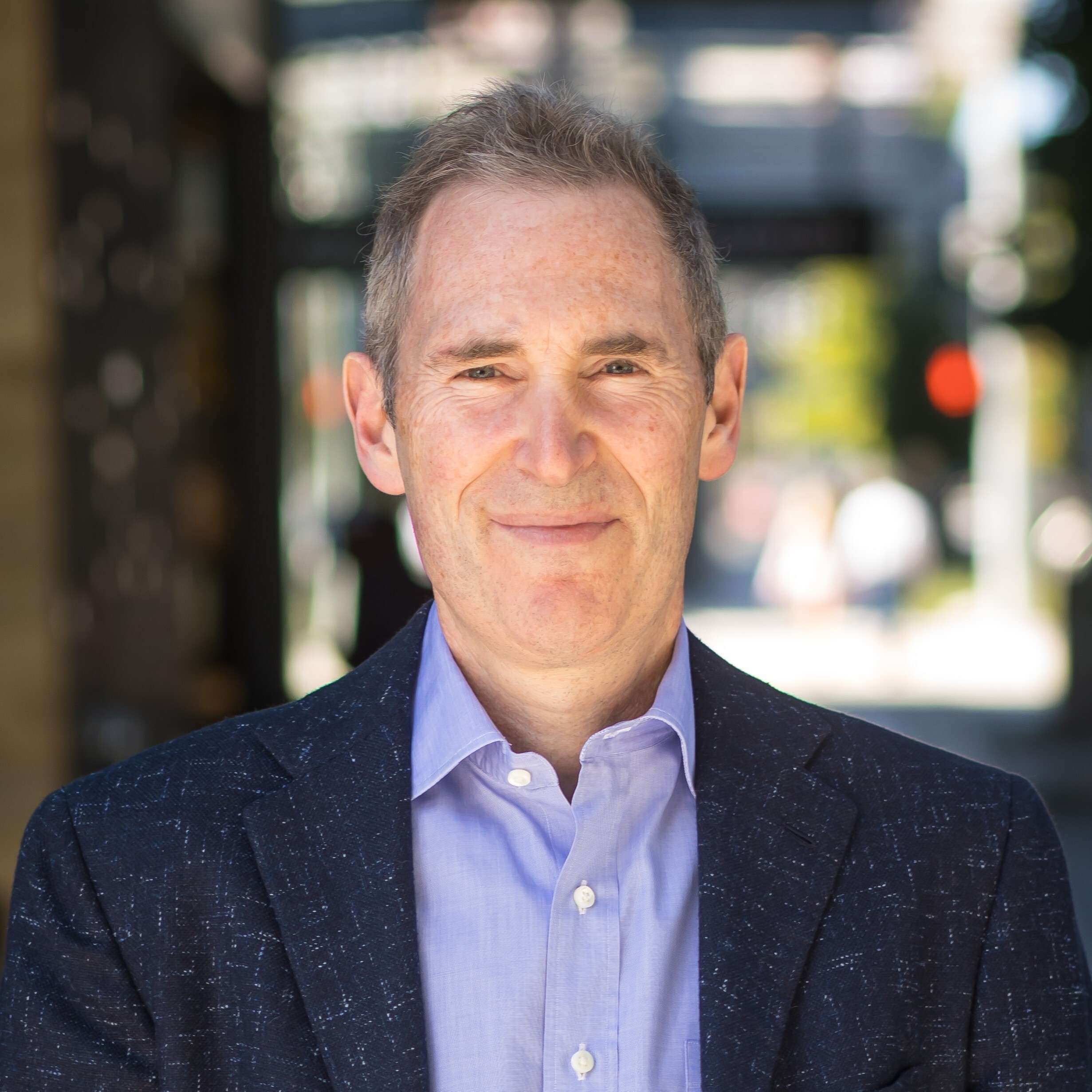
Image Source: Generated by Wujie AI
In this wave of large models in the past year, Amazon has not been silent. At least it has been hidden for a long time, and now it is finally going to announce its latest developments to the public. According to foreign media reports, Amazon is training its second large model, internally codenamed Olympus, which shares the same name as the once-famous Japanese camera brand Olympus. Amazon plans to integrate Olympus into its online retail store, Alexa voice assistant on Echo devices, and provide new features for the AWS platform.
It is said that the parameters of this large model are as high as 2 trillion (2000B), which is more than the rumored parameters of about 1 trillion for GPT-4, which may be launched in December this year. The reason why it is said to be a "rumor" is because OpenAI once revealed that the parameter size of GPT-3.5 was as high as 175 billion, and after the launch of GPT-4 in March this year, they have been tight-lipped about this issue, and various speculations from the outside world have been refuted as "completely nonsense" by Ultraman, but he has never revealed the actual number.
Just last month, Dave Limp, Senior Vice President of Devices and Services at Amazon, also stated at a public event that Amazon's AI assistant Alexa will help users draft emails like other competing products, and can complete various tasks in life using natural language. He believes that by that time, Alexa will also be independent of Amazon Prime charges, as the cloud-based model will have "considerable reasoning costs." And Alexa will "create immeasurable value for users" just like Amazon Prime.
And all of this is based on Amazon's extraordinary ability to develop large models, preferably self-developed.
1. Amazon in the Tide of the Times
In 1994, as the internet e-commerce industry was booming, Jeffrey Preston "Jeff" Bezos also wanted to participate. Driven by his self-proclaimed "regret minimization framework" (to fend off potential regrets through his efforts), Amazon was officially established in a garage in Bellevue, Washington, becoming a legendary company born in a garage after Disney and Apple.

Jeff Bezos in 2017
Amazon was originally named Cadabra, but Bezos wanted the company name to start with an A so that it could be discovered more quickly in alphabetical lists. After consulting a dictionary, Bezos decided to use the name Amazon because he felt it was "exotic and different." The Amazon River is the largest river in terms of drainage area and volume of water flow, which also coincides with Bezos' hope for the company to be the best in the world. Since 2000, Amazon's logo has featured a smile arrow from the letter A to Z, symbolizing its wide range of products from A to Z.
Amazon's business began with an online bookstore. In July 1995, Amazon.com officially went online, and the first book sold was "Fluid Concepts and Creative Analogies: Computer Models of the Fundamental Mechanisms of Thought" by American scholar and writer Douglas Richard Hofstadter. In October of that year, Amazon began to face the public, and its products gradually diversified. In the first two months, its products were sold in all 50 states in the United States and 45 countries overseas, with weekly sales reaching $20,000. However, despite this impressive performance, Amazon was still not profitable at that time.

The "Amazon Spheres" at Amazon's headquarters in Seattle, Washington, completed in 2018
This is actually related to Bezos' own considerations. He did not eagerly expect to achieve large-scale profitability within four to five years. However, this also caused many shareholders to complain, as they believed that Amazon's business growth was not rapid enough to provide a reasonable return on their investment, and whether it could survive in the fierce market competition was also a question. However, after the bursting of the internet bubble in the early 21st century, Amazon did not collapse like other e-commerce companies, but has been struggling tenaciously to this day, and finally became one of the giants in the online retail industry. In the fourth quarter of 2001, Amazon achieved its first profit, with quarterly revenue exceeding $1 billion and net profit of about $5 million, proving that Bezos' non-traditional business model was not just a dream. In 1999, Time magazine named Bezos the Person of the Year for his promotion of online shopping across the United States and the world.
In February 2020, Amazon's market value officially exceeded $1 trillion. It had previously reached this milestone twice in September 2018 and 2019, but failed to maintain it until the close, becoming the fourth publicly listed company in the United States to achieve a market value of over $1 trillion, following Apple, Microsoft, and Google. In July 2021, Bezos stepped down as CEO, and Andy Jassy, who was previously in charge of Amazon Web Services, succeeded him as CEO.

Andy Jassy in 2021
In 1997, Jassy joined Amazon with several other Harvard MBA graduates as a marketing manager. In 2003, Jassy and Bezos came up with the idea of creating a cloud computing platform, which later became known as Amazon Web Services, or AWS, and was officially launched in 2006. Starting with simple computing and storage services provided remotely over the internet, AWS has continuously defined a new era of enterprise computing and created new business models based on or around AWS. After taking over as CEO in July 2021, Jassy turned AWS into an $80 billion enterprise, a rare example of a large company nurturing a new giant company, which has made many competitors envious.
2. Amazon and Large Models
As previously mentioned when introducing Walmart, as the perennial leader of the "Fortune Global 500," how could it possibly remain indifferent to high-tech while relying solely on traditional business models? Amazon is no different. As mentioned earlier, it became the fourth company to achieve a market value of over $1 trillion after Apple, Microsoft, and Google, so it naturally cannot achieve such results solely through traditional methods and means.
Six years ago, Amazon launched a series of new AI technologies, including a software tool called SageMaker, which companies like Intuit and General Electric (GE) use to build their own machine learning large models. In addition, AWS even participated in the original financing of OpenAI. Jassy and Amazon have a good relationship with OpenAI and its promising young CEO, Ultraman. Amazon was an early investor in OpenAI when it adhered to Musk's non-profit model, and OpenAI also used AWS. Jassy believes that Amazon's history of helping customers run various machine learning large models will lay a good foundation for its deep expansion into the field of AI. In addition, some AWS executives pointed out that the AI cloud computing service market is just beginning, and AWS has enough time.
According to a forecast by the foreign media The Information on Tuesday, the revenue from just one AI service from OpenAI may exceed $1 billion in the next year, but compared to AWS's total revenue of $80 billion announced last year, it is at most a drop in the bucket. The development of the AI field, especially the capabilities demonstrated by large models, has sparked a rare wave in today's era and economic background. Large models are breaking the balance in the tech industry, and after forming a strategic alliance with the popular OpenAI, Microsoft's position has also risen.
As one of the world's top cloud service providers, Amazon's construction of infrastructure over the years and its accumulation of technology give it a competitive advantage that cannot be underestimated. Olympus is a clear signal that Amazon hopes to control its own destiny in the field of AI and develop its own large models. Being independent and self-reliant in key technologies is a wise move.
In addition to the Olympus that is still being secretly trained, in October, Amazon just completed a $4 billion investment in the unicorn company Anthropic. Many of Anthropic's founding members have close ties to OpenAI and have been involved in the development of early versions of GPT-2 and GPT-3, so Anthropic's large model product, the Claude series, is also known as the "strongest alternative to GPT."
The investment of $4 billion allowed Anthropic's large model to become part of AWS services, and users can access Claude through Amazon Bedrock, allowing AWS to provide customers with the most advanced large model services. Soon after, some well-known companies accessed the specially tuned Claud 2 for their products through AWS.
At the same time, Anthropic will also use two AI chips developed by Amazon, Trainium and Inferentia, for the inference and training of large models, and will jointly develop AI chips with Amazon in the future.
This $4 billion investment has established an alliance between Amazon and Anthropic, similar to the traditional giant + giant unicorn alliance of Microsoft + OpenAI. For a shopping platform with hundreds of millions of users worldwide, training its own large models to control its destiny in the upcoming new era is a logical and reasonable thing. Just like more than a decade ago, Amazon entered the cloud computing service industry from an online shopping platform and became the cloud computing giant it is today. Amazon has the ability and the need to once again complete such a transformation in the AI and large model race.
免责声明:本文章仅代表作者个人观点,不代表本平台的立场和观点。本文章仅供信息分享,不构成对任何人的任何投资建议。用户与作者之间的任何争议,与本平台无关。如网页中刊载的文章或图片涉及侵权,请提供相关的权利证明和身份证明发送邮件到support@aicoin.com,本平台相关工作人员将会进行核查。




